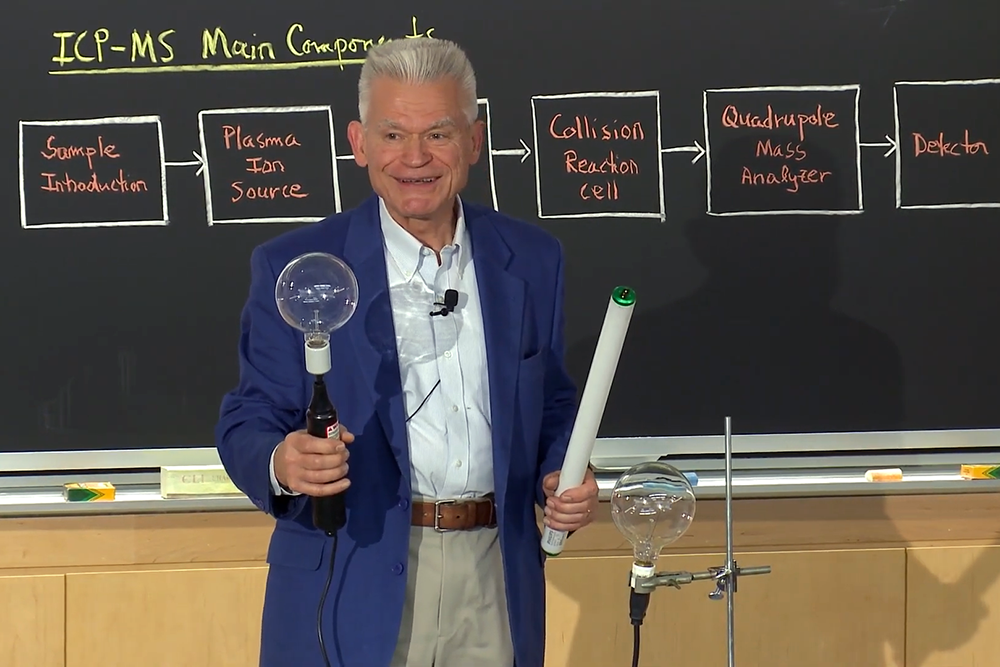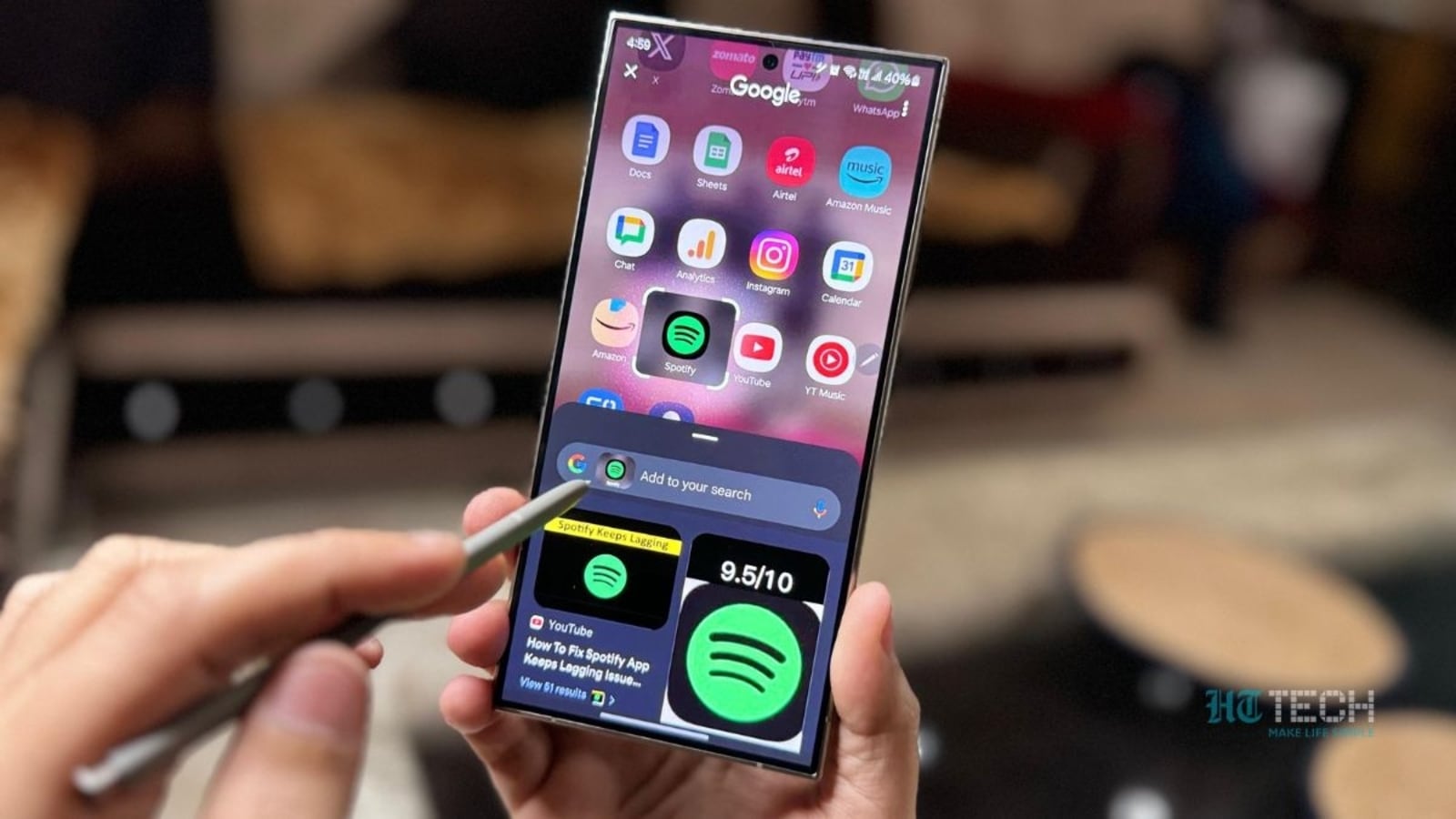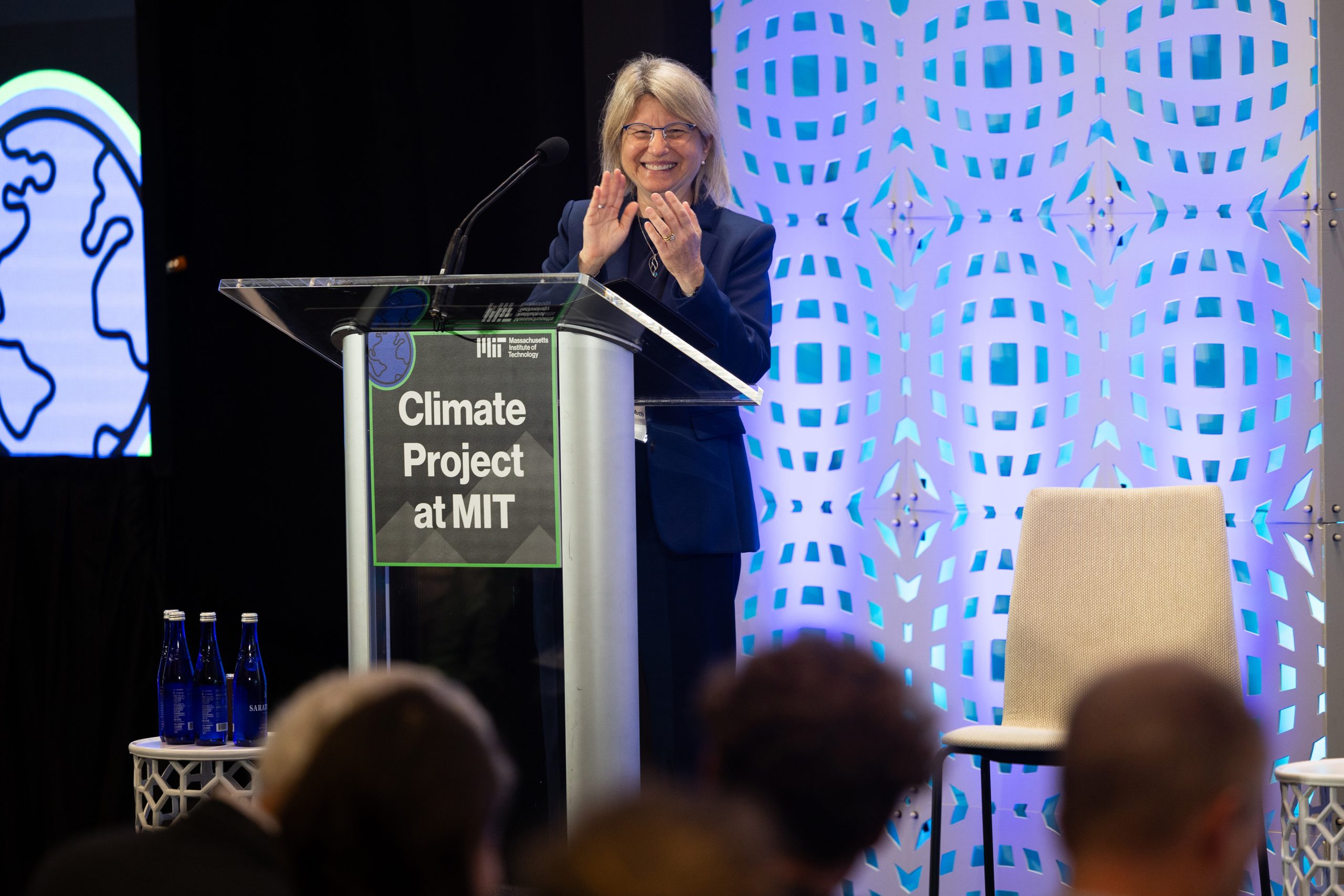From full introductory courses in engineering, psychology, and computer science to lectures about financial concepts, linguistics, and music, the MIT OpenCourseWare YouTube channel has it all — offering millions of learners around the world a pathway to develop new skills and broaden their knowledge base with free offerings from MIT educators.
“I believe OpenCourseWare and Open Learning resources will transform the future of the world for the better — in financial markets I know it already has,” says Michael Pilgreen, a sculptor, painter, and poet from Memphis, Tennessee, who discovered OpenCourseWare when he found himself unemployed in 2020 and used it to jumpstart a new career on Wall Street.
After watching several lectures about finance, computer science, programming, mathematics, and algorithms on the OpenCourseWare YouTube channel and website, Pilgreen enrolled in the MITx MicroMasters program in finance. He is now a business operations specialist for the Jameel World Education Lab at MIT Open Learning, where he helps the lab bring MIT ideas and know-how to educational innovators worldwide.
“MIT OpenCourseWare opens the doors to conversations that were previously closed to learners by geography, time, and class,” Pilgreen says. “As an open learner, I was able to leverage the best instructors in the world from my living room, and turn my time being unemployed into a productive period acquiring the skills I needed to work on Wall Street.”
OpenCourseWare is the brainchild of MIT faculty members. The platform was launched in 2001 when the age of digital sharing was just getting started, establishing MIT as the first higher education institution to make educational resources freely available to learners regardless of geographical location or institutional affiliation. Four years later in 2005, OpenCourseWare created a YouTube channel to further its commitment to accessibility and lifelong learning.
Today, OpenCourseWare — part of MIT Open Learning — remains a global model for open sharing in higher education, with an open license that allows the remix and reuse of its educational resources. OpenCourseWare offers materials on its website from more than 2,500 courses that span the MIT undergraduate and graduate curriculum. Educational resources include syllabi, lecture notes, problem sets, assignments, audiovisual content, and insights.
“We almost take for granted the idea that an enormous amount of outstanding educational content is available to anyone in the world with an internet connection,” says MIT President Sally Kornbluth. “Yet, the fact that this is now the norm has a great deal to do with a groundbreaking project launched at MIT in 2001. OpenCourseWare changed the landscape of education, and it continues to inspire students, teachers, and lifelong learners around the globe to follow their curiosity wherever it leads.”
AI AI AI AI AI AI AI AI AI AI AI AI AI AI AI AI AI AI AI AI AI AI AI AI AI AI AI AI AI AI AI AI AI
Curt Newton, OpenCourseWare’s publication director, says the platform inspires millions of curious and motivated learners every year. With over 5 million subscribers and 430 million views, OpenCourseWare stands out as the largest .edu YouTube channel. The channel opens a window into MIT classrooms, giving learners the opportunity to pursue their interests, develop new skills, and even switch careers.
“Videos on our YouTube channel have proven to be an especially effective meeting place,” Newton says. “From introductions to computer programming and the human brain to what it’s like to pilot an advanced jet aircraft, these videos are both a complete learning experience in themselves and an entry into even more expansive worlds of learning found on the OpenCourseWare website.”
Emmanuel Kasigazi, an entrepreneur from Uganda, turned to YouTube during the Covid-19 lockdowns and found hundreds of complete lectures on the OpenCourseWare YouTube channel. He explored psychology, cloud computing, data science, and artificial intelligence.
“The channel opened my eyes to something I didn’t know was reachable,” Kasigazi says. “The psychology classes I took are 24 episodes; each episode is around 40 minutes. That’s a season of ‘Grey’s Anatomy.’ It’s amazing that I could spend the same amount of time on two different things, but one of them would change my life, my mindset, and the other would just give me a small dopamine boost.”
During his learning journey, Kasigazi also gained a community of open learners. He has teamed up with Pilgreen to shine light on the educational adventures of fellow OpenCourseWare learners. The duo is working on a podcast that will launch this fall.
“From the channel itself you get great value, but then you pull back the curtain and get to meet the people on the OpenCourseWare team, and it’s amazing,” Kasigazi says. “It’s incredible the people I get to talk to — all because I decided to watch something on YouTube. The most impactful thing I’ve gotten from this channel is the people I’ve met along the way and the things I’m learning.”
While learners get to expand their knowledge base through these free, publicly accessible videos, MIT faculty members preserve their knowledge for generations to come.
The late professor Patrick Winston’s foundational AI lectures have long been popular on OpenCourseWare. His “How to Speak” lecture, published on the OpenCourseWare YouTube channel in 2018, has become the most popular video on the channel with 18 million views. Winston’s annual talk, which had long been a revered event for the MIT community, has now helped millions of people improve their speaking abilities — from conversing with someone one-on-one to presenting research to nailing job interviews.
Gilbert Strang, a world-renowned mathematician, was one of the first professors to publish his lectures on OpenCourseWare. Today, his linear algebra courses have received more than 15 million visits on OpenCourseWare’s website and over 34 million views on YouTube.
Andrea Henshall, a retired major in the U.S. Air Force, credits her academic success to Strang’s lectures on OpenCourseWare — and other MIT open educational resources. Henshall discovered Strang’s videos after struggling during her first semester of her master’s program in aeronautics and astronautics at MIT. By the end of her master’s program, Henshall was getting A’s in all her courses. She is now pursuing a PhD at MIT.
Although Strang has recently retired from MIT after 63 years of teaching, his lessons will continue to be available online to learners in every country on Earth.
“Great teaching is timeless, from the insightful teaching of decades past to our newest video series — an introduction to using data to address cultural, social, economic, and policy questions, created by Sara Ellison and Nobel laureate Esther Duflo,” Newton says. “We’re honored to be preserving and sharing this knowledge for generations to come.”
MIT OpenCourseWare publishes new content regularly on its YouTube channel and website. Brett Paci, OpenCourseWare’s media publication manager, produces the podcast episodes and many of the video lectures published on the YouTube channel. He considers the channel a “gift to the world.”
“It’s very much in the spirit and mission of MIT to contribute to the global collective knowledge and facilitate learning,” Paci says. “It’s a mission we can be proud of.”









